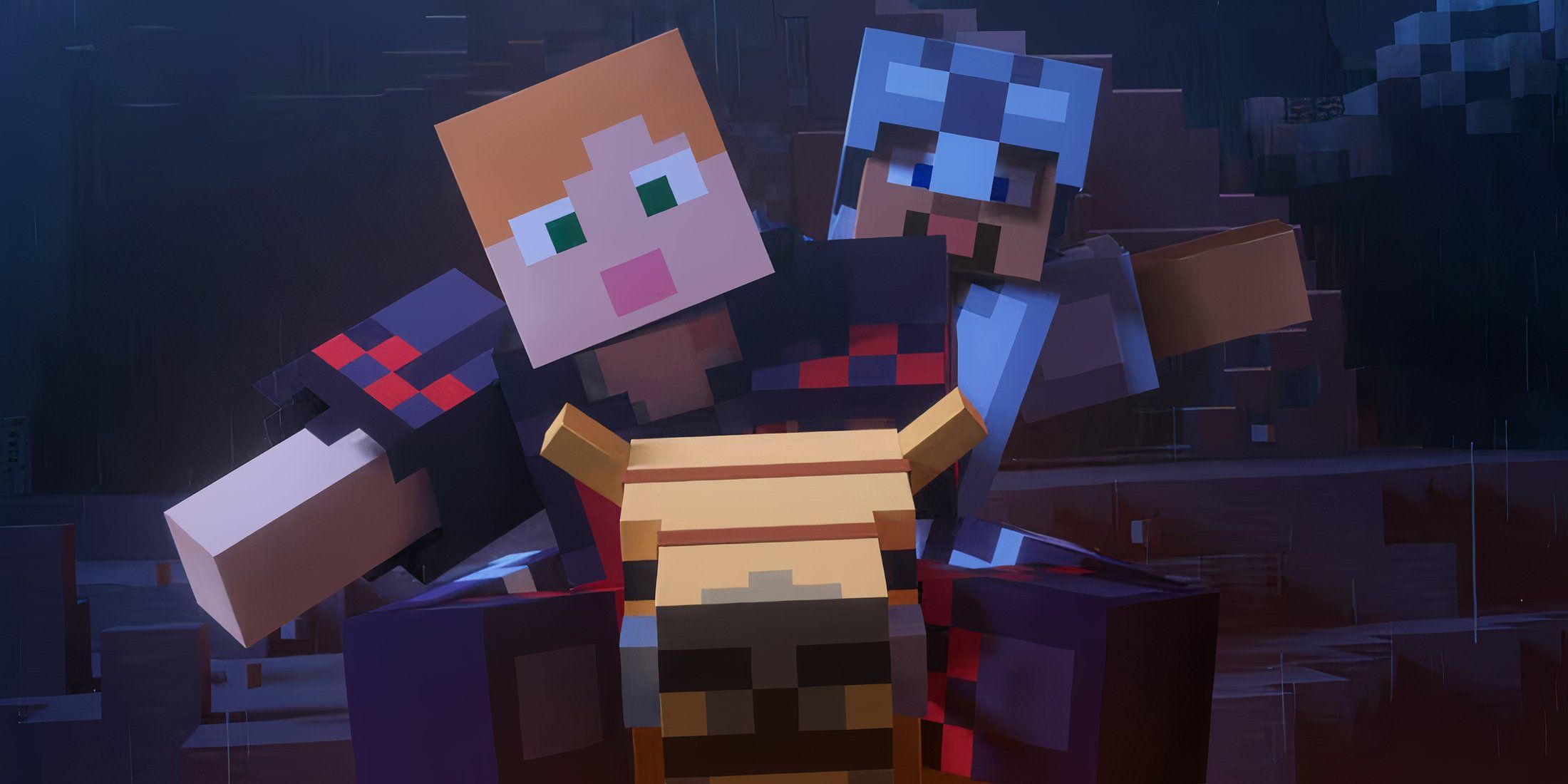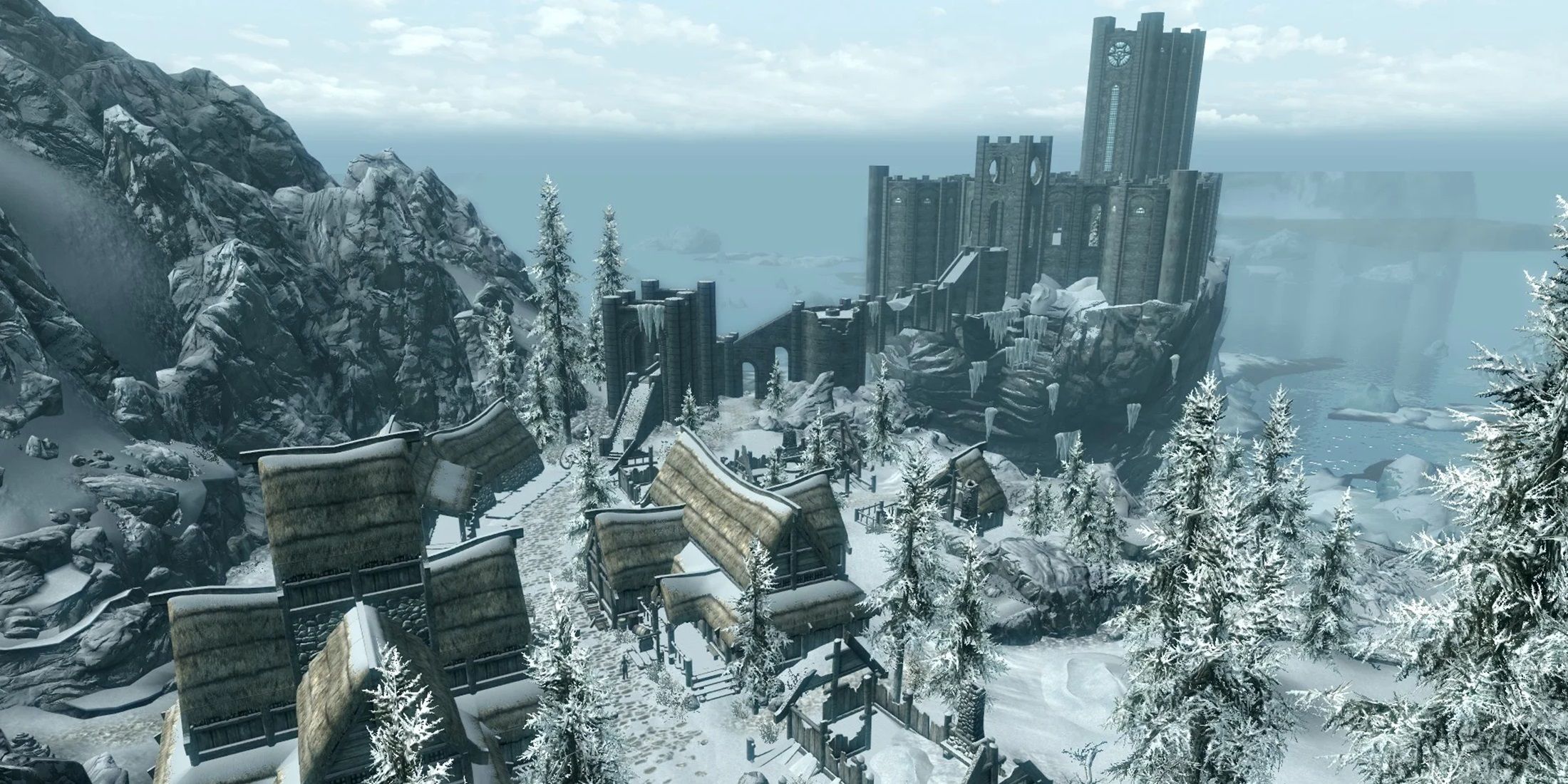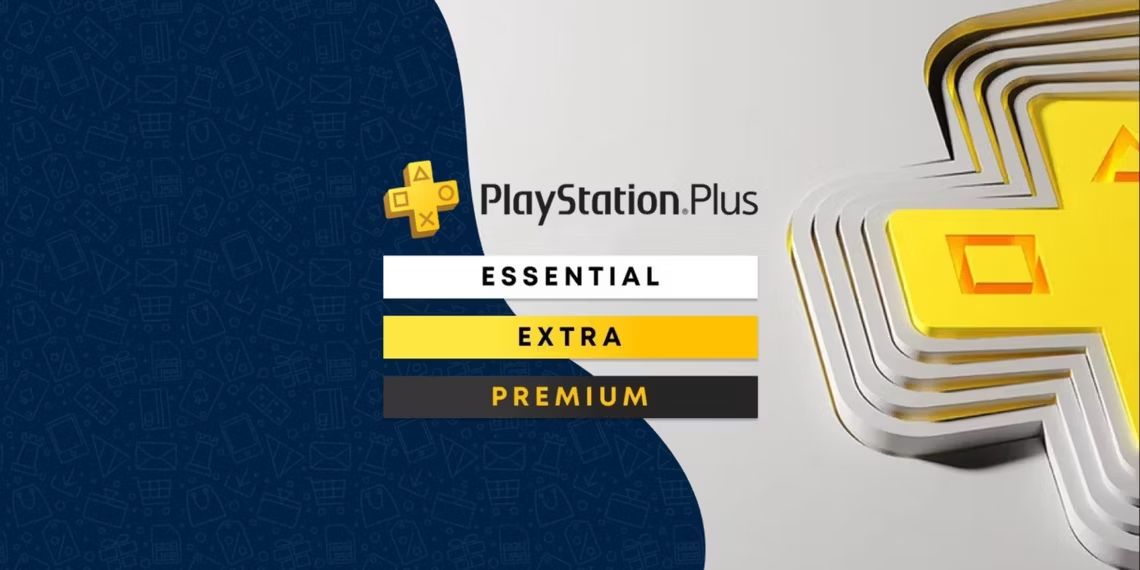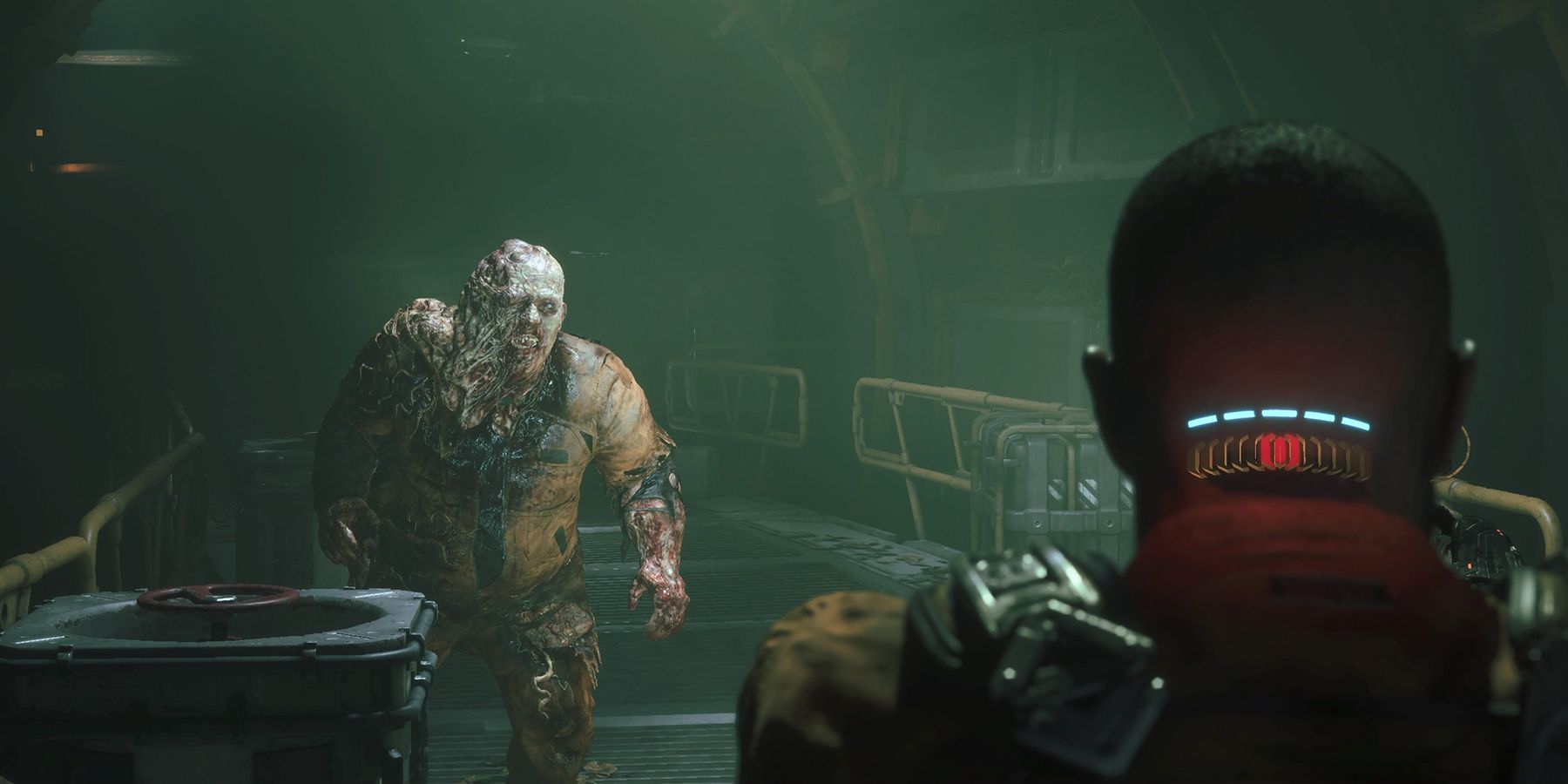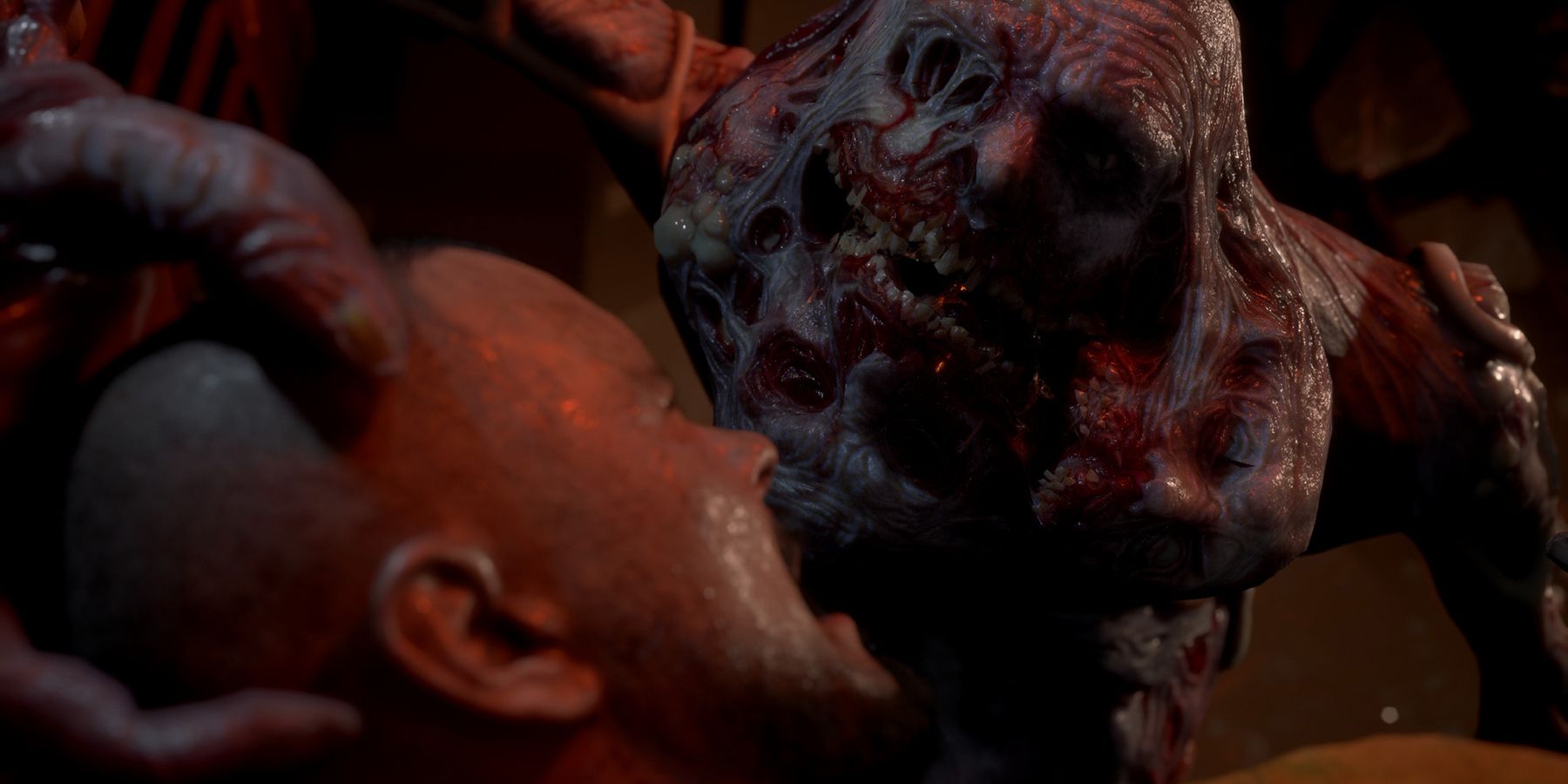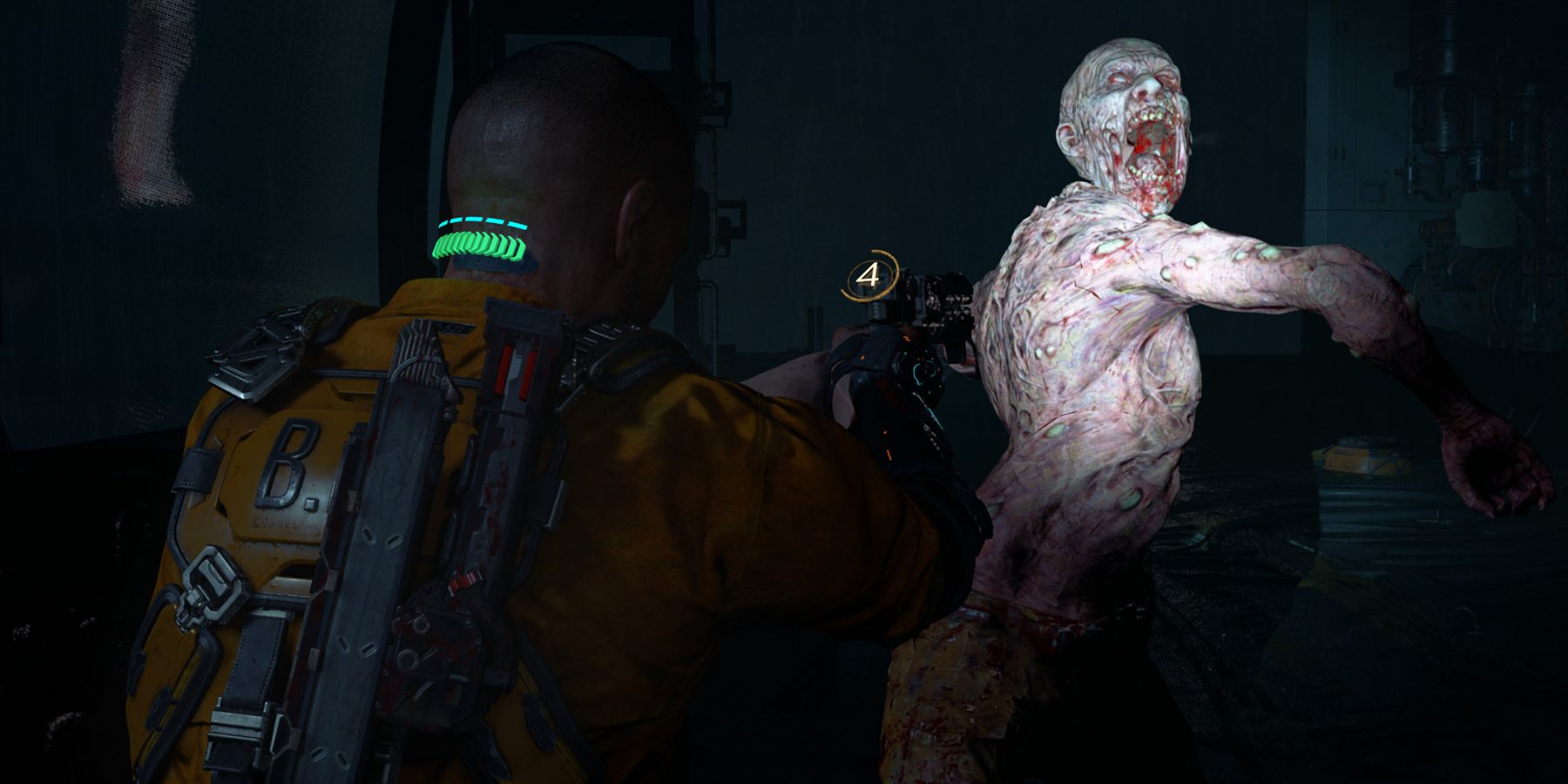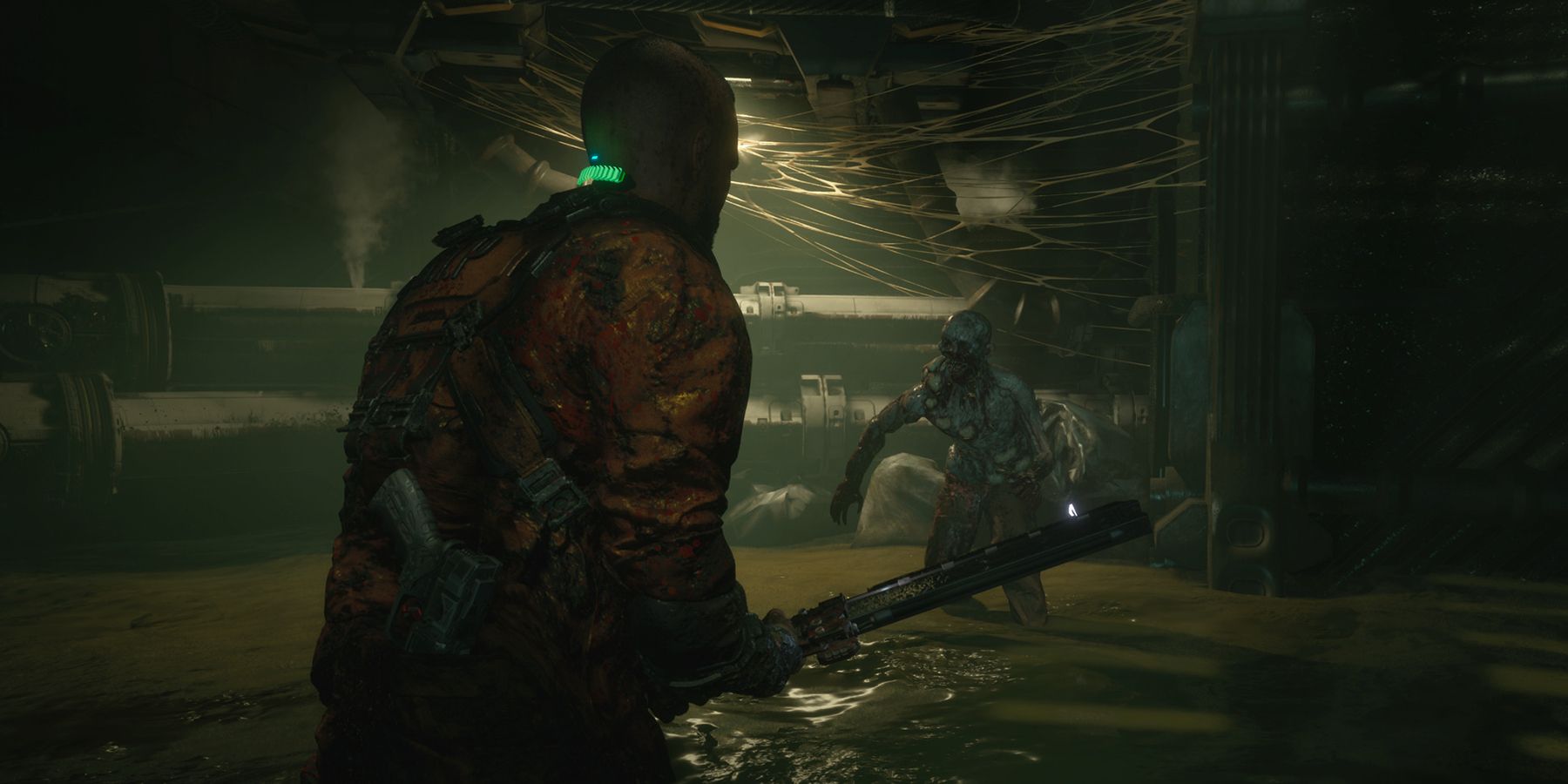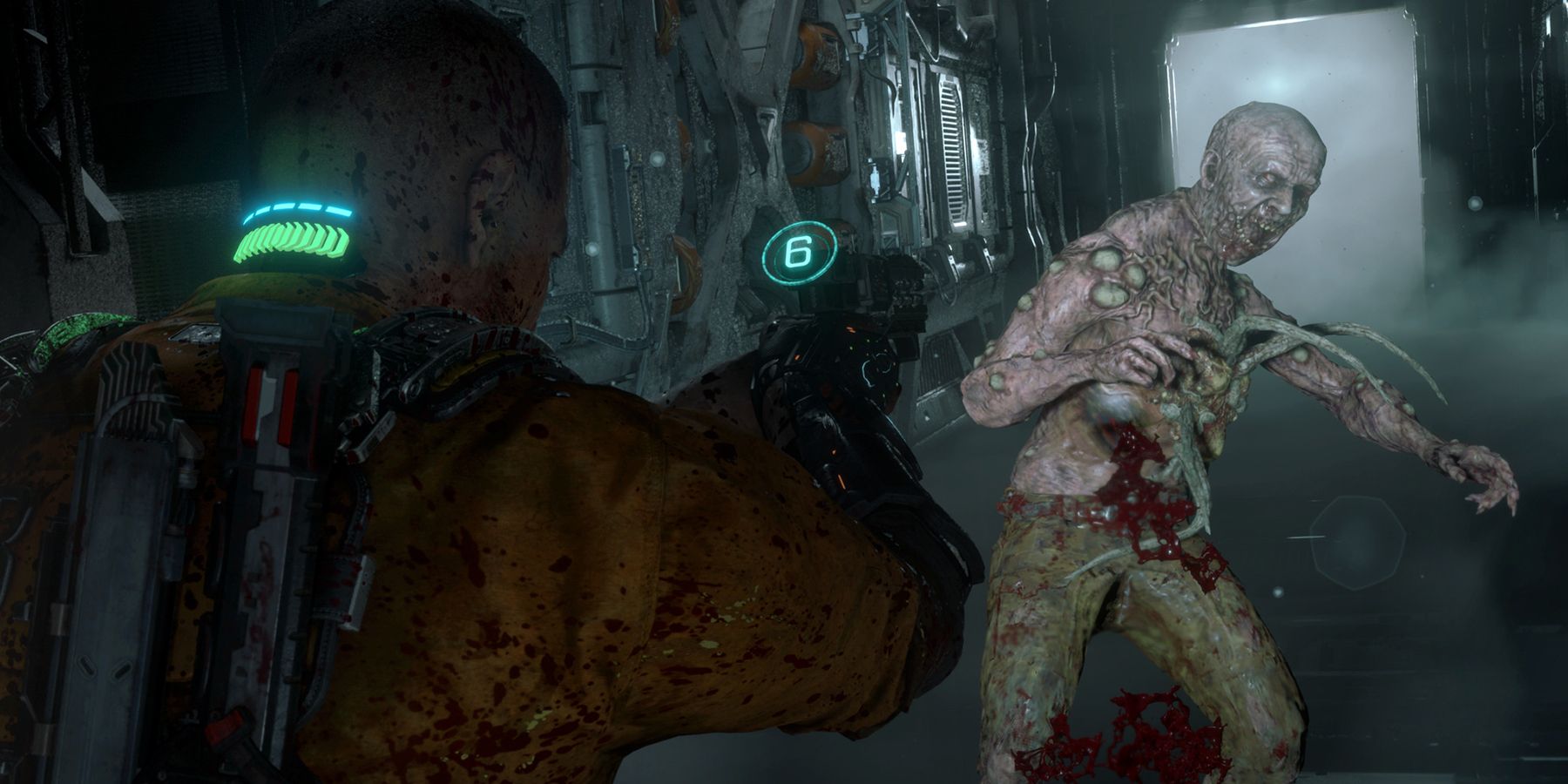The Callisto Protocol is a survival horror game developed by Striking Distance Studios and directed by Dead Space co-creator Glen Schofield, which drew in a ton of eyes the moment it was announced. The game is set in the far future and in a prison colony called Black Iron, located on Jupiter's titular moon of Callisto. Players take on the role of a prisoner, Jacob Lee, who finds himself attempting to survive and escape a violent alien invasion.
Game ZXC was recently able to play The Callisto Protocol during an event in San Francisco. After a short tutorial video, Striking Distance Studios placed us in the game's third level, simply dubbed Habitat. Schofield described this as a "big level" but also added that every level in the game is big, with it taking us nearly two hours the complete the whole thing. Combine this with the recently reported time to beat The Callisto Protocol being 12-14 hours in length, and this may give players some idea of how big these levels are.
Of course, playing through a decent portion of the game teased a few story beats, but no Callisto Protocol spoilers will be mentioned here. It didn't give us many answers anyway, but it did show there's a big mystery unfolding at Black Iron. And in exploring that, if someone is looking for something that oozes horror and terror, that's exactly what The Callisto Protocol is. Its combat is panic-inducing, its player deaths are utterly visceral, and every single environment bleeds paranoia. This habitat level saw us traveling through what appeared to be Black Iron's lower levels, cutting through a specific habitat to make it to the outer areas of the moon, and searching for certain "key items" to make our presumed getaway.
The only real critique we have for this specific level of The Callisto Protocol is we spent a lot of time, early on, climbing through vents. At first, it added to the terror of the level, but it grew old quickly and the level played out much better once we were removed from this starting area. There were constant sounds that made us think enemies were nearby, causing us to constantly turn around and creating a real sense of paranoia. When enemies did attack, it made it all the worse. There's no sound that can be trusted when playing through The Callisto Protocol. Sound design is a key element of any horror game, and with how the game combines these with its various environments, it definitely stood out. This is impressive given how details like the septic sludge, the bloody lairs of Biophages (the main enemies in The Callisto Protocol), the metal pathways, and all dominated the physical and verbal environment, but the eerie movements and Biophage noises still rang through.
While most of The Callisto Protocol's approach here is about slow, steady, and creeping horror, it knows how to speed up and quickly thrust players into a panic. Not only is this evident in The Callisto Protocol's combat, but this level contained a massive slide through some septic water pipes where we had to dodge spinning blades, other environmental hazards, and enemy attacks. It came out of nowhere, quickly threw us into survival mode, and did not let up. Fighting a Biophage while needing to grab a nearby chain to avoid death is as terrifying as it sounds. Slides are nothing new in gaming, and perhaps this doesn't necessarily reinvent the wheel, but The Callisto Protocol's slide section is going to be something we remember for a long time.
The Callisto Protocol isn't going to win any awards for the most realistic-looking game on the market, but it does have its own near-realistic style. This is accentuated by how players can see drops of sweat on Jacob Lee's neck, how the enemies quickly and grossly transform before their very eyes, and how much time players will be scanning their surroundings for potential enemies. Everything is slightly gross and incredibly unnerving, and it's clear how much Striking Distance put into making sure the graphics, sound design, and level environments come together to create a real sense of dread.
But nothing tops the combat in making a player's heart skip a beat. Striking Distance Studio emphasized that we should not play The Callisto Protocol like an FPS game, which is something that is doable in a number of horror games, but it's absolutely true here. If someone spams an enemy with bullets, it's usually not enough to kill them, and if they do somehow still survive, they've wasted valuable ammo for later. The Callisto Protocol emphasizes melee combat, using smart shots to weaken Biophages or stop them from mutating, and controlling the sheer panic of the combat. Indeed, the absolute best strategy we learned (fairly quickly) was trying to control our panic button smashing, which the game intentionally forces players into.
There are a number of Biophages in The Callisto Protocol, and it's almost certain we did not see them all. Yet, even the most generic enemy should not be faced solo. If players find themselves face-to-face with two-to-three Biophages, it is not likely to go well. This design works well to make every combat encounter terrifying, and even with all the tools at Jacob Lee's disposal, there is a lot of unlearning some players might want to do. Spitters in many games can usually be outshot, or getting close to them can limit their compatibilities, but the spitters we encountered would kill us in a ranged-weapon face-off and getting close was not simple.
The combat is largely rewarding for players who work through the stress and panic, and look for ways to resolve it and embrace that aspect of its gameplay. However, it was quite painful on the eyes from time to time. It's hard to describe, but when in melee combat with a Biophage, so much is happening at once that the graphics of the game seemed to blur together, making it hard to understand exactly what was happening. It may just take some getting used to, but the game going from mute, chilling environments to fast-paced, panic-inducing, and close-quarters combat creates some confusing eye strain on occasion. It wasn't every combat encounter either, but it happened enough to be noteworthy.
Jacob Lee had his handy melee weapon, his simple gun, and his GRP gravity weapon available for us, but it was obvious from upgrade stations that there are more tools that can be unlocked throughout the game. We never got to craft it, but we did find a schematic for what seemed to be a shotgun. Learning and using all of this is obviously key. Getting the drop on melee, staying steady and not panicking, and waiting for the on-screen cues to shoot the gun are important. The latter weakens the enemy, while players have to be aware of and quickly shoot any tentacles, as this means a Biophage is about to transform in The Callisto Protocol.
The Callisto Protocol's GRP, a gravity weapon, is quite useful as it allows players to toss enemies into environmental factors, earning instant kills, or it can be used to separate enemies to give Lee the advantage. However, managing the GRP's "charges," Lee's health, and ammo is all necessary. To make matters worse, a simple feature like Lee's gun not automatically reloading is another way the game creates panic in a player.
And one combat encounter that absolutely stood out to us as the highlight of this preview was a hallway. At the far end of it was a bright light, but making it to the light was a trying experience. Learning where the Biophages would pop out, when they would charge in, and surviving the entire onslaught was nerve-wracking, but genuine, pure fun. It required us to not rush in, lest more enemies would enter. It required us to memorize the timing of enemy appearances and the design of the surrounding environment. It required us to successfully manage each enemy as they came, yet retain everything we'd need for the next. This hallway combat encounter is easily up there with some of Daredevil's hallway scenes in the Netflix series or with the early hallway scene in Sifu. Obviously, this was more geared toward horror, but trying to smoothly make it through the hallway is going to be something fans see on social media shortly after release. It would be a shame if not, as this was one of the best hallway encounters we've ever experienced.
To top it off, players are going to die in The Callisto Protocol. There are "common" deaths, but most of the time, players are going to be treated to a visceral scene of their head being eaten, their limbs being ripped off, or their insides making their way outside. It gets a lot more creative based on The Callisto Protocol's trailers, but this feels more like a reward than a punishment. They are brutal, yet rewarding. And when fighting our way through that hallway or dealing with enemies on an offbeat path, trying again wasn't frustrating. It was fun and rewarding, and death feels like part of the experience instead of a consequence of failure. The Callisto Protocol easily creates encounters that are best described as panic-inducing, yet addictive enough that said panic is welcomed.
Schofield has previously stated that his intent with The Callisto Protocol was to make it the "scariest game" available on PS5 and Xbox Series X consoles (despite being multigenerational), much in the same way Dead Space was for its initial release. Two hours can't prove whether it will be or not, but just two hours with the game makes a strong case that it very well could be.
The Callisto Protocol releases December 2 for PC, PS4, PS5, Xbox One, and Xbox Series X.

